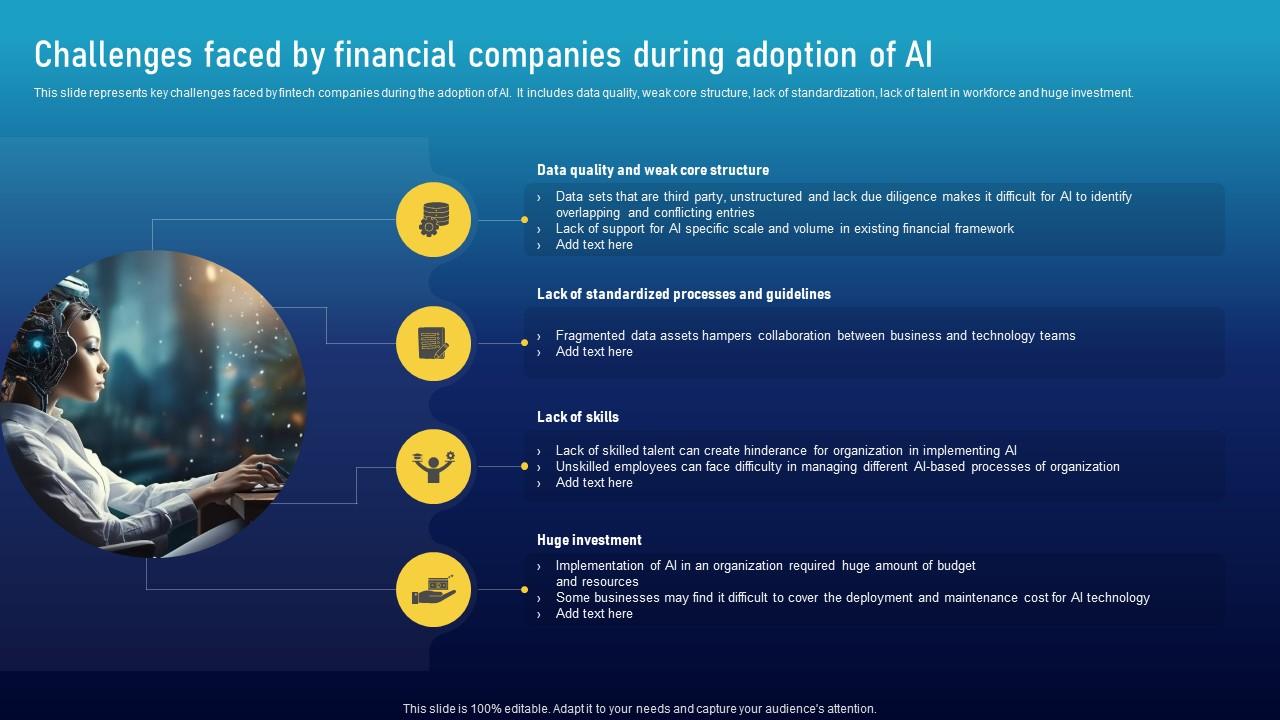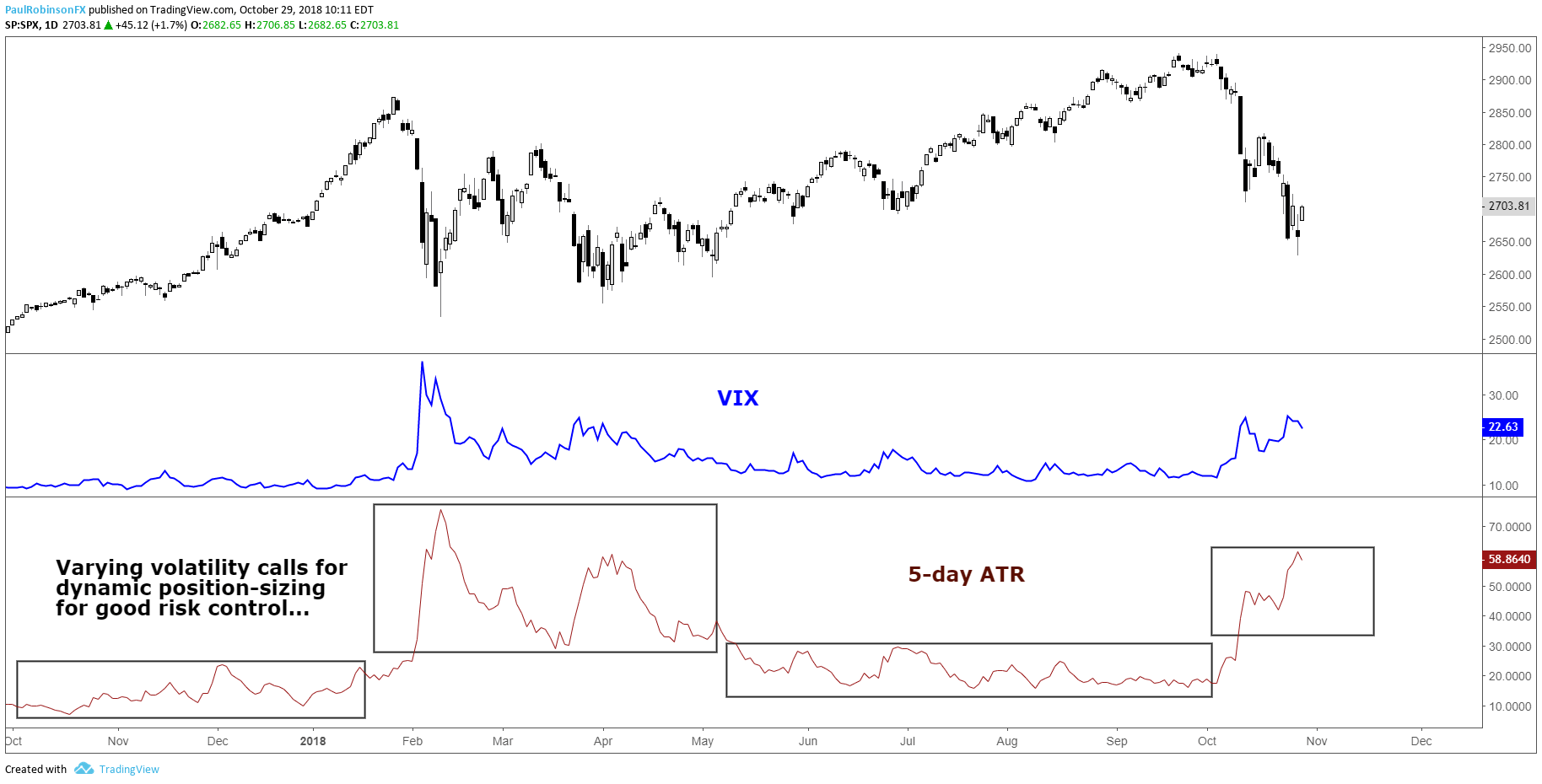Are Outdated Business Apps Hindering Your AI Vision?

Table of Contents
Data Silos and Integration Challenges
Outdated business applications often create significant hurdles when it comes to effective AI implementation. The core problem stems from the inability of these disparate systems to communicate and share data efficiently.
The Problem of Incompatible Systems
Different legacy systems, such as Customer Relationship Management (CRM), Enterprise Resource Planning (ERP), and Marketing Automation platforms, rarely communicate seamlessly. This incompatibility leads to the formation of data silos, preventing AI algorithms from accessing the comprehensive data needed for accurate and effective learning.
- Examples of incompatible systems: A legacy CRM system that doesn't integrate with a modern marketing automation platform, resulting in fragmented customer data. An outdated ERP system that struggles to share inventory data with a sales forecasting AI.
- Consequences of data silos: Inaccurate predictions from AI models due to incomplete data. Inefficient processes stemming from a lack of integrated information. Missed opportunities for targeted marketing and improved customer experiences due to a fragmented view of the customer.
The High Cost of Integration
Integrating outdated systems with AI solutions is a costly and resource-intensive undertaking. The complexity of these projects often leads to significant expenses and delays.
- Costs associated with custom development, data migration, and system maintenance: Significant investment is needed for custom coding to bridge the gaps between legacy systems and modern AI platforms. Data migration from outdated databases to compatible formats can be time-consuming and expensive. Ongoing maintenance of these integrations adds to the overall cost.
- Time and effort required for integration projects: Integration projects can take months, even years, to complete, tying up valuable resources and delaying the realization of AI benefits.
Security Risks and Compliance Issues
Legacy systems often present significant security risks and compliance challenges, directly impacting the reliability and effectiveness of AI initiatives.
Vulnerabilities in Legacy Systems
Outdated applications frequently lack the essential security features found in modern software. This vulnerability significantly increases the risk of data breaches and compromises the integrity of the data used to train and operate AI models.
- Examples of security vulnerabilities in older systems: Lack of robust encryption protocols, outdated authentication methods, and insufficient vulnerability patching.
- The impact of security breaches on AI projects: Data loss can severely hinder AI model training and accuracy. Reputational damage can erode customer trust and negatively impact the business.
Compliance and Regulatory Challenges
Outdated systems may struggle to comply with stringent data privacy regulations, such as GDPR and CCPA. Non-compliance can lead to significant legal and financial repercussions, jeopardizing AI development projects.
- Examples of regulatory compliance issues related to outdated systems: Difficulty in tracking and managing user consent, challenges in ensuring data security and integrity, and problems with data portability.
- The consequences of non-compliance: Heavy fines, legal actions, and reputational damage can significantly impact the business.
Lack of Scalability and Agility
Outdated business applications often lack the scalability and agility required to support the demands of modern AI applications.
Limited Capacity for AI Growth
Legacy systems are typically designed for specific tasks and may not be able to handle the increased processing power and data volume required by sophisticated AI models. This limitation restricts the potential for AI growth and expansion.
- Examples of scalability limitations in legacy systems: Inability to handle large datasets, limited processing power, and insufficient infrastructure to support AI workloads.
- The impact on AI performance and future expansion: Performance bottlenecks, delays in processing, and limitations on the complexity of AI models that can be deployed.
Slow Innovation and Reduced Competitiveness
Outdated apps hinder the adoption of new AI technologies and innovations, placing businesses at a competitive disadvantage.
- Examples of how newer AI technologies are being adopted by competitors: Competitors leveraging advanced machine learning algorithms for personalized recommendations, predictive maintenance, or fraud detection.
- The impact of slow innovation on business growth: Loss of market share, reduced profitability, and inability to capitalize on emerging AI-driven opportunities.
Solutions for Modernization
Addressing the challenges posed by outdated business apps requires a strategic approach to modernization.
Cloud-Based Solutions
Migrating to cloud-based applications provides improved scalability, flexibility, and cost-effectiveness, creating a far more suitable environment for AI integration.
- Benefits of cloud solutions: Scalable infrastructure to handle growing data volumes and processing demands. Enhanced flexibility to adapt to changing business needs. Cost-effective solutions through pay-as-you-go models.
API Integration
Application Programming Interfaces (APIs) enable seamless data exchange between different systems, enhancing interoperability and creating a more unified data environment for AI development.
- Benefits of API integration: Improved data flow between different applications. Enhanced interoperability between legacy and modern systems. Creation of a more comprehensive and integrated data environment for AI.
Gradual Modernization Strategies
A phased approach to system upgrades allows businesses to minimize disruption while maximizing return on investment.
- Examples of phased modernization strategies: Prioritizing critical applications for modernization. Implementing a proof-of-concept project to test new technologies. Gradually replacing legacy systems with modern alternatives.
Conclusion
Outdated business apps significantly impede successful AI implementation by creating data silos, security risks, scalability issues, and hindering the overall AI vision. These challenges result in missed opportunities, increased costs, and a reduced competitive advantage. To unlock the transformative power of AI, it's crucial to assess your current technology infrastructure and consider modernizing your systems. Don't let outdated business apps hinder your AI vision—act now! Modernize your business apps for a successful AI journey and gain a competitive edge in the rapidly evolving landscape of artificial intelligence.

Featured Posts
-
 Hugh Jackmans Easter Bunny Movie A Netflix Top 10 Surprise
May 01, 2025
Hugh Jackmans Easter Bunny Movie A Netflix Top 10 Surprise
May 01, 2025 -
 Wzyraezm Awr Army Chyf Ke Byanat Kshmyr Msyle Ka Hl Tlash Krna
May 01, 2025
Wzyraezm Awr Army Chyf Ke Byanat Kshmyr Msyle Ka Hl Tlash Krna
May 01, 2025 -
 Duizenden Limburgse Bedrijven Op Wachtlijst Enexis Wat Nu
May 01, 2025
Duizenden Limburgse Bedrijven Op Wachtlijst Enexis Wat Nu
May 01, 2025 -
 S And P 500 Volatility Strategies For Managing Downside Risk
May 01, 2025
S And P 500 Volatility Strategies For Managing Downside Risk
May 01, 2025 -
 Ripple And Sec Near Settlement Latest News On Xrp Classification
May 01, 2025
Ripple And Sec Near Settlement Latest News On Xrp Classification
May 01, 2025
Latest Posts
-
 Impresionantes Fotos De La Clase Nacional De Boxeo En El Zocalo
May 01, 2025
Impresionantes Fotos De La Clase Nacional De Boxeo En El Zocalo
May 01, 2025 -
 Clase Nacional De Boxeo En El Zocalo Una Mirada A Traves De Las Fotos
May 01, 2025
Clase Nacional De Boxeo En El Zocalo Una Mirada A Traves De Las Fotos
May 01, 2025 -
 El Zocalo Se Convierte En Ring Galeria De Fotos De La Clase Nacional De Boxeo
May 01, 2025
El Zocalo Se Convierte En Ring Galeria De Fotos De La Clase Nacional De Boxeo
May 01, 2025 -
 Fotos La Clase Nacional De Boxeo Invade El Zocalo
May 01, 2025
Fotos La Clase Nacional De Boxeo Invade El Zocalo
May 01, 2025 -
 Clase Nacional De Boxeo En El Zocalo Fotos Del Evento
May 01, 2025
Clase Nacional De Boxeo En El Zocalo Fotos Del Evento
May 01, 2025
